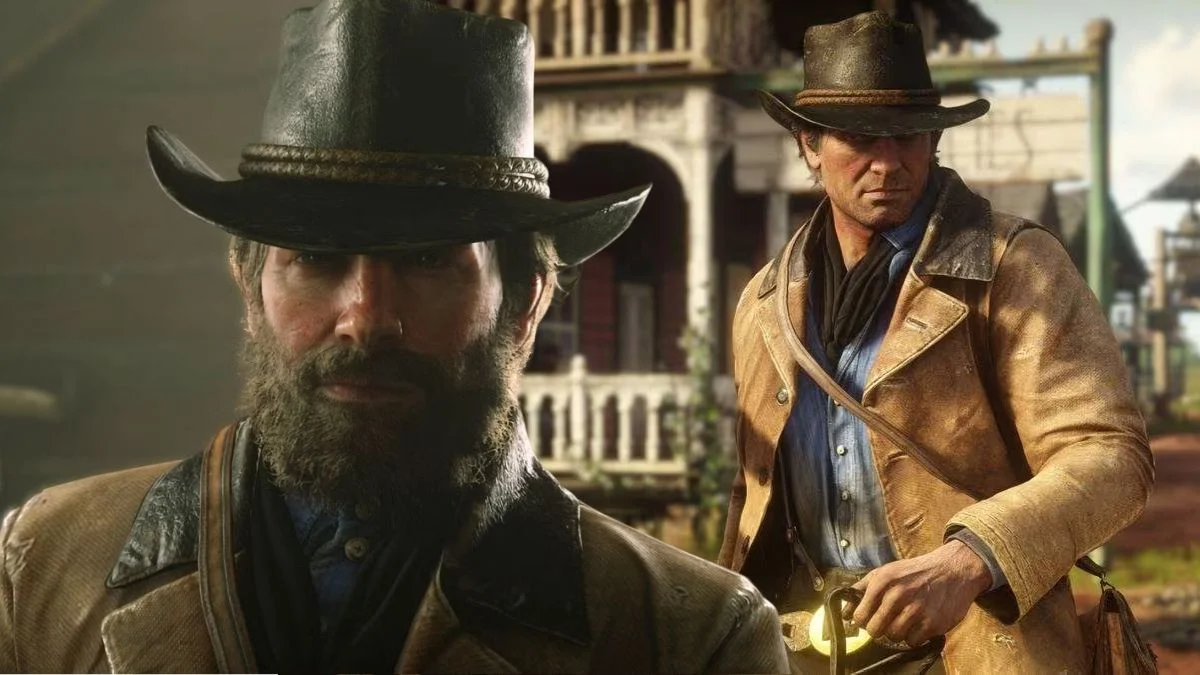
In Red Dead Redemption 2, Arthur Morgan feels incredibly realistic because the game pays attention to the details of his life – what he wears, what he eats, what he writes, and how he speaks. We, as players, get a sense of his routines and background through seemingly minor decisions, which affect how other characters react to him, making his story feel both believable and deeply personal. Ultimately, this creates a character who evolves based on your choices, while still remaining consistent with his established history alongside Dutch and the gang. It’s a remarkable achievement in character development.
You begin to see a depth to him during peaceful times at camp, while on extended rides, and through the entries in his sketch-filled journal. The story illustrates how Arthur juggles being loyal to others and following his own moral compass, and the world around him captures these decisions, influencing the events that unfold, the tasks he undertakes, and ultimately, the different outcomes. This all contributes to a protagonist who is known for more than just his skill with a weapon.
The honor system shapes his story
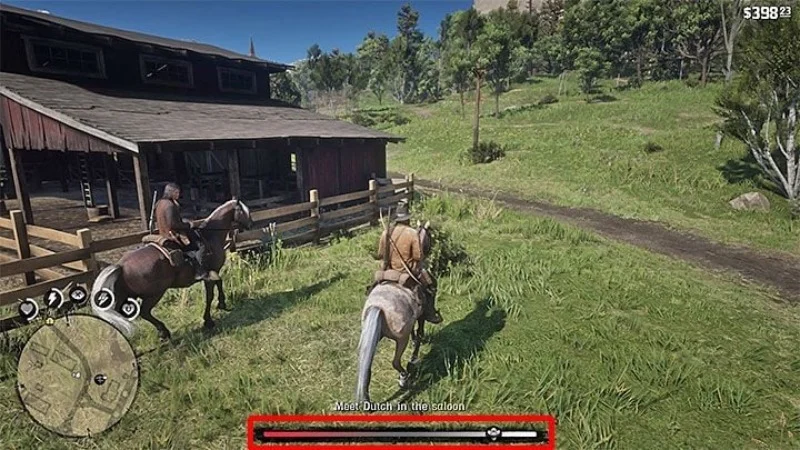
Arthur has an easily seen honor meter that goes up or down depending on the choices you make – like whether you help people or break the law. As your honor changes, it impacts things like shop prices, what people say around you, and even how cutscenes play out. The story uses this system to show how Arthur views the world, and it plays a big role in important events towards the end of the game. It really affects how things unfold.
Your honor level, whether high or low, impacts the game’s ending scenes and how characters behave. Certain people will only appear if Arthur has a good reputation, while others will react with fear or disdain if his honor is low. This allows for the same character to feel unique and different with each playthrough.
A living journal that records the world
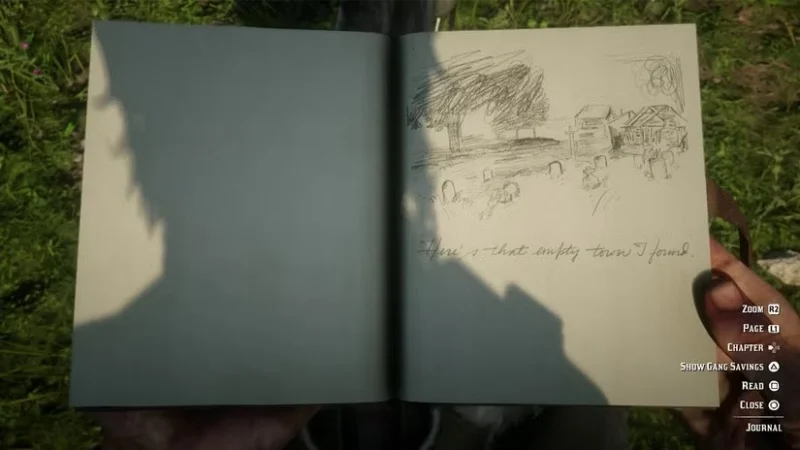
Arthur maintains a personal journal written by hand, adding entries after each mission and new discovery. He includes sketches of animals, scenery, and people, along with honest thoughts about Dutch, Hosea, and the locations they explore. Over time, the journal evolves into a complete account of their adventure, told from Arthur’s perspective.
These pages also keep track of collected information – like details about creatures and the environment – with sketches and notes. If you revisit a location, you can observe how his understanding evolved. The journal transforms exploration into a personal record of your travels that you can enjoy again and again. It’s like a travel diary!
Camp life reveals his relationships
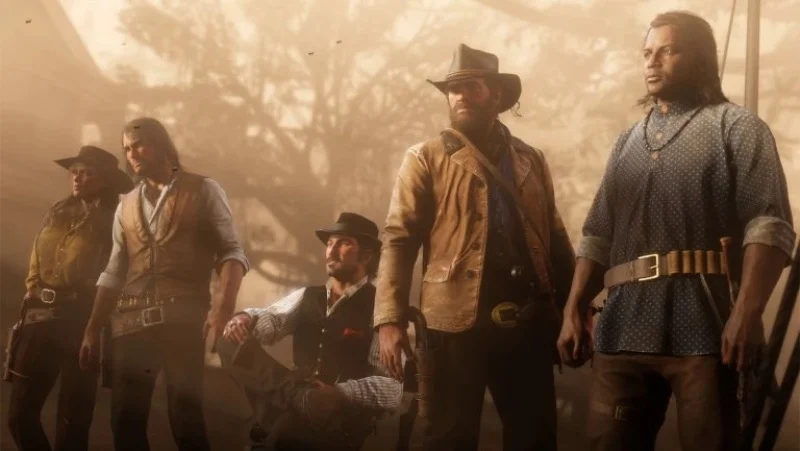
The Van der Linde camp is the central hub where Arthur handles daily life – he eats, makes donations, and interacts with the gang. Putting money and resources towards the camp improves the tents and unlocks new services, while completing chores boosts the overall camp mood. Casual conversations reveal character backstories and simmering tensions, illustrating Arthur’s place within the group. It’s a vital part of the experience and helps build relationships. Maintaining a positive camp atmosphere is key.
As you play, things at camp really change depending on how far you are in the story and what time it is. It’s awesome because you can do things like share drinks, play games, and even catch little scenes that happen only once. Honestly, these moments are what made me really feel like I *earned* Arthur’s loyalty – you get to see what he does every day to take care of everyone and how much he cares. It really shows his role as a provider and someone you can confide in.
Natural growth shows time passing on his face
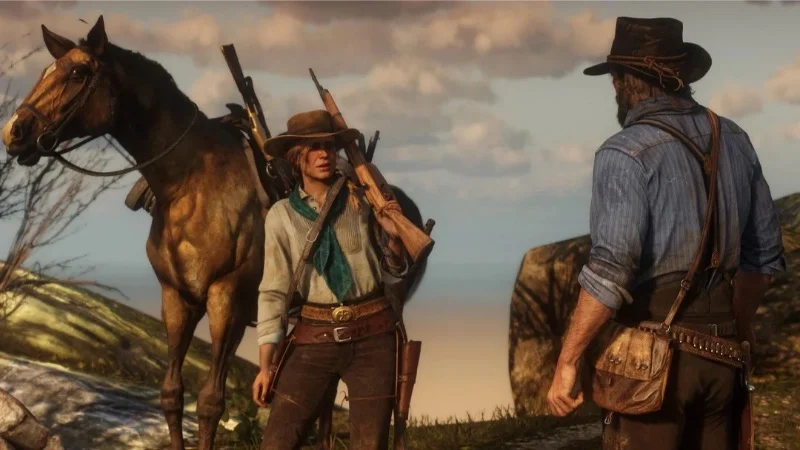
Arthur’s beard and hair grow over time, and you can get them cut or styled at barbershops. He gains weight when he eats, and this impacts his stamina and health. The clothes he wears affect how warm or comfortable he is depending on the environment, which then influences his stats.
As I played, I really noticed how Arthur’s health affected how he *looked*. If he got sick or injured, it wasn’t just a health bar going down – you could see it. His posture would slump, his skin would change, and it showed up in both the story cutscenes and when I was actually playing the game. It was a subtle way to show his journey and how he was doing – like his appearance was quietly ticking down, marking his progress and decline. It really added to the immersion!
Horse bonding mirrors his capacity for care
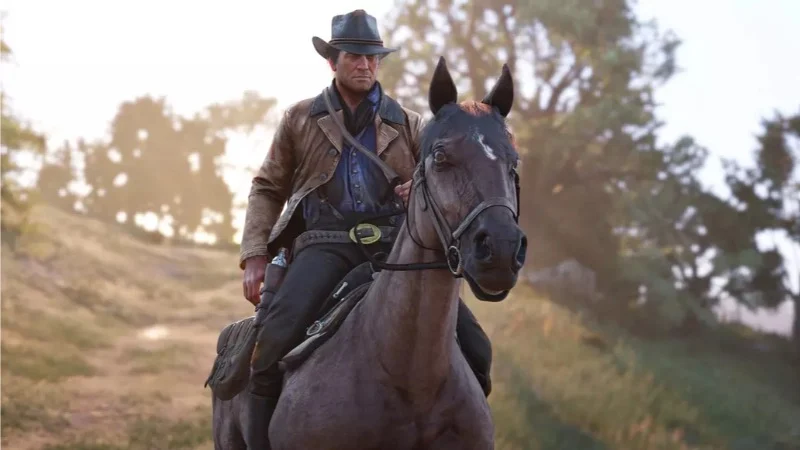
Arthur builds a connection with his horse through gentle care like grooming, feeding, and peaceful rides. As their relationship strengthens, the horse becomes more responsive and learns new skills. Because losing a bonded horse is forever, each ride and rescue feels especially meaningful.
Different horse breeds are better suited for different jobs, influencing Arthur’s choices for carrying loads, competing in races, or fighting. Stables allow you to keep and customize saddles and stirrups, which affect a horse’s stamina and speed. This system makes traveling feel like a connection built on Arthur’s level of care and attention.
Firearms feel personal through customization
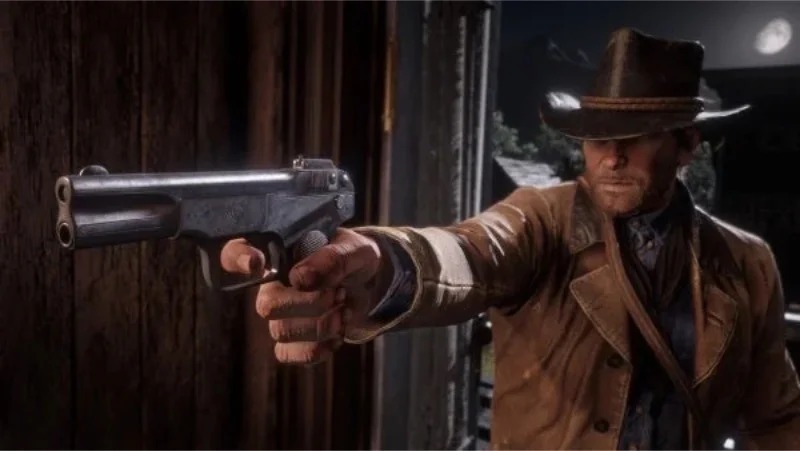
Arthur is skilled at maintaining his firearms – he can clean them, add engravings, and make alterations using various materials like metals, woods, and sights. Because dirty weapons can malfunction and become inaccurate, he makes regular upkeep a priority. These customization options allow you to create a loadout that’s well-suited for the challenges of each mission. Explore customization options for more details.
Holsters and bandoliers affect how quickly and effectively you reload, as well as the condition of your weapons. Going to a gunsmith unlocks special improvements and cosmetic changes, making each weapon easily identifiable. This creates a collection of tools that feel personal to Arthur, instead of just being standard equipment.
Wildlife mastery defines his role as a hunter
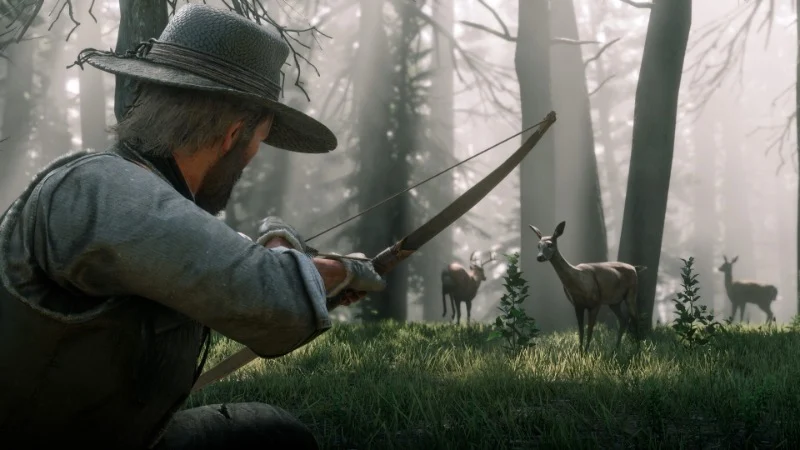
Arthur learns about animals to get in-depth information, and then uses the correct ammunition and bait to obtain flawless hides. He can then craft those materials into bags and charms that increase how much he can carry and how quickly his health recovers. This makes hunting a key part of both staying alive and improving his abilities.
When I’m out hunting as Arthur, the weather, wind, and even smells really make a difference. I’ve learned he can actually cover up his own scent, which is huge for tracking blood trails without spooking everything. And using things like cover scents to get close to those really skittish animals? That’s a game-changer. Honestly, the way he approaches each hunt just feels so authentic – it really adds to the feeling of living that life on the frontier.
Cinematic riding turns travel into storytelling
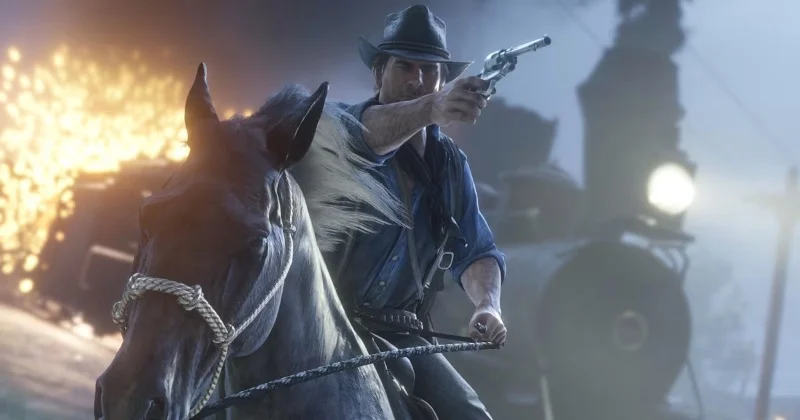
Arthur can travel with a cinematic camera view while marking destinations, allowing extended trips to unfold with music and background sounds. As he travels, he shares his thoughts on places and happenings, occasionally starting special events that enrich the game world.
The roads Arthur takes determine who he encounters, ranging from people needing help to dangerous ambushes. The steady pace of riding connects the different parts of his journey, and his thoughts help him remember each area he passes through. Traveling transforms into a personal, ongoing record of his experiences, becoming more than just time-filling movement. Travel is no longer just about getting somewhere; it’s about the journey itself.
Mission variety highlights his full skill set
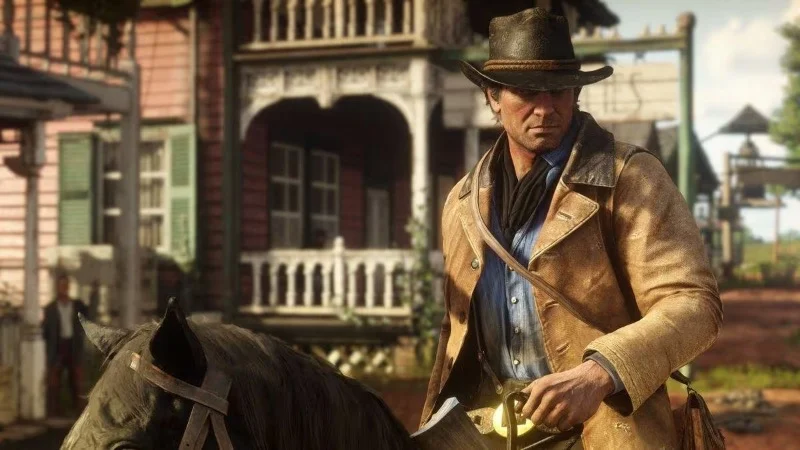
Arthur is skilled at sneaking into places unnoticed, handling intense gunfights, and pulling off risky heists. He’s capable of scouting locations, deciding how to proceed, and adapting to unexpected problems. A lot of missions offer multiple ways to begin, making the results feel unique based on the decisions you make.
Optional missions and random events make the world feel richer and prevent things from becoming repetitive. Whether you’re assisting a former soldier, hunting a famous creature, or showing Jack how to fish, these moments reveal new facets of Arthur’s life. This variety consistently highlights his skills and what he believes in.
Performance capture brings him to life
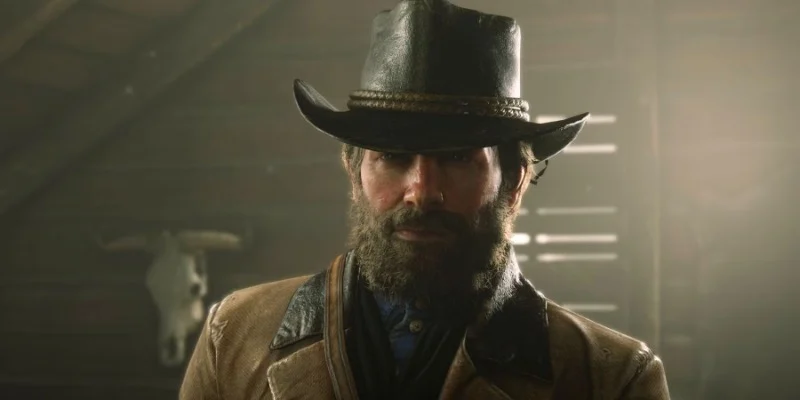
Arthur’s performance uses both voice acting and motion capture technology to perfectly synchronize his facial expressions and body language with what he says. Even small details, like changes in his breathing and how he stands, reflect his health and feelings. This allows even simple lines of dialogue to feel impactful, even when he doesn’t say much.
The voice acting perfectly captures the regional dialect and historical accuracy of the script, making each dialogue feel realistic and smooth. The performance is so well-synchronized with the animation that Arthur’s responses seem genuine and believable, whether you’re playing the game or watching a cutscene.
Share your favorite Arthur Morgan moments in the comments so we can compare notes from the trail.
Read More
- Silver Rate Forecast
- Gold Rate Forecast
- Красный Октябрь акции прогноз. Цена KROT
- Nvidia vs AMD: The AI Dividend Duel of 2026
- Dogecoin’s Big Yawn: Musk’s X Money Launch Leaves Market Unimpressed 🐕💸
- Bitcoin’s Ballet: Will the Bull Pirouette or Stumble? 💃🐂
- Navitas: A Director’s Exit and the Market’s Musing
- LINK’s Tumble: A Tale of Woe, Wraiths, and Wrapped Assets 🌉💸
- Can the Stock Market Defy Logic and Achieve a Third Consecutive 20% Gain?
- Solana Spot Trading Unleashed: dYdX’s Wild Ride in the US!
2025-10-05 21:41